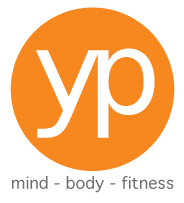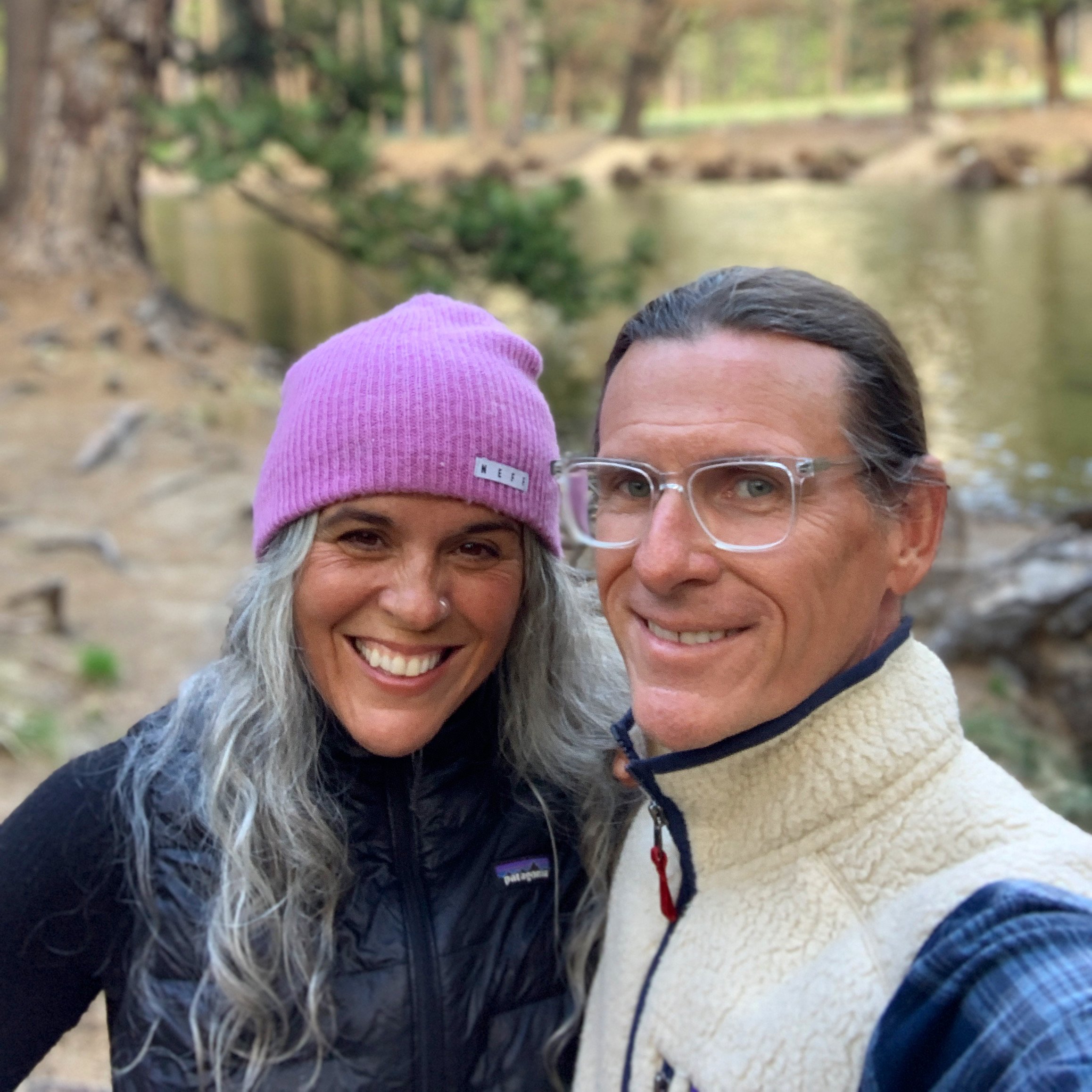Seven health Benefits of Sweating
Although not everyone likes to perspire, many of us have come to love the feeling after a good sweat. While we know endorphins make us feel good, what are the proven benefits of sweat, and how does it contribute to overall wellness? In this article, we share seven answers.
Sweating, often seen as an inconvenience or a sign of discomfort, is actually a remarkable physiological process with numerous benefits for our health and well-being. Sweating has always been a part of human existence. Whether it's the result of physical exertion, heat exposure, or emotional factors, sweating plays a vital role in maintaining our body's equilibrium. We will delve into the fascinating benefits of sweating and shed light on why perspiration is far more than just a damp inconvenience.
1. Temperature Regulation
One of the primary benefits of sweating is its role in regulating body temperature. When we engage in physical activity or find ourselves in a hot environment, sweat glands are activated, producing sweat that evaporates from our skin's surface. This evaporative cooling effect helps dissipate excess heat and prevent overheating, allowing our bodies to maintain a stable internal temperature—and the more often we sweat, the more efficient our cooling systems become. (1).
2. Detoxification
Sweating serves as a natural means of detoxification for our bodies. Trace amounts of toxins, heavy metals, and waste products can be expelled through sweat. This detoxification process helps alleviate the burden on other elimination organs, such as the liver and kidneys, and supports our body's ability to cleanse itself. (2).
3. Skin Health
Sweating can contribute to healthier and more vibrant skin. As we perspire, the sweat carries dirt, bacteria, and impurities that have accumulated on our skin's surface. By flushing out these impurities, sweating helps unclog pores and reduce the likelihood of acne breakouts. Additionally, the increased blood flow to the skin during sweating promotes a healthy complexion and contributes to a natural glow. We have always known this, but only recently, with the opening of our Denton Studio, have we remembered how soft our skin can be. A yoga glow is never a bad thing! (3).
4. Immune System Support
Sweat contains a natural antimicrobial peptide called dermcidin, which possesses antimicrobial properties. When we sweat, dermcidin helps defend our skin against harmful bacteria, viruses, and fungi, bolstering our body's immune defenses. Sweating can be seen as a first line of defense in keeping our skin healthy and protected. (4).
5. Stress Relief and Mood Enhancement
Engaging in activities that induce sweating, such as exercise or heated yoga, triggers the release of endorphins, often referred to as "feel-good" hormones. These endorphins help alleviate stress, reduce anxiety, and improve mood. Sweating during physical activity can provide a sense of relaxation, mental clarity, and overall well-being—add this to breathwork and mindfulness—no wonder we feel great after a sweaty yoga session. (5).
6. Cardiovascular Health
Sweating positively affects cardiovascular health, and who doesn’t want to improve heart health? As we perspire, blood vessels near the skin's surface dilate, allowing for increased blood flow. This improved circulation helps lower blood pressure, enhance cardiovascular function, and support overall heart health. This can lead to lower resting blood pressure levels over time. Regular sweating through exercise can contribute to a stronger and more resilient cardiovascular system. (6).
7. Exercise Performance and Fitness
Sweating during physical exercise plays a crucial role in optimizing performance and fitness gains. By cooling the body, sweating prevents overheating and allows us to engage in more prolonged and efficient workouts. This ensures that our muscles receive adequate oxygen and nutrients, optimizing endurance, strength, and overall exercise performance. Not only does a regular sweaty yoga practice enhance fitness, but it also makes us more resilient in the hottest Texas months.
Sweating, far from being an inconvenience, offers a myriad of scientifically supported benefits for our health and well-being. From temperature regulation and detoxification to promoting skin health, supporting the immune system, relieving stress, enhancing cardiovascular health, and boosting exercise performance, perspiration is a remarkable bodily function. Embrace the power of sweating through a yoga class or exercising outdoors, and appreciate how it contributes to your overall vitality and balance.
Does yoga have to be done in the heat? Absolutely not! We feel it’s just one way to practice, and we know the challenges that come with it. We also recognize that sweating in a yoga class is new for beginners, so we recommend easing in and taking advantage of our classes with less heat. A reminder that everyone should come to class well-hydrated, and it can be helpful to have some electrolytes before, during, and after practice. Our Denton Yoga Studio offers a selection of classes with less heat, but you will still sweat as you move and breathe through the postures. We also offer a gentle yoga class in a cool room with no heat. The YP FAQs are a great resource for beginning a yoga practice.
Disclaimer - everyone should be fully hydrated before attending a hot sweaty yoga class. Women who are pregnant should be cautious if they are new to heated yoga. Please consult with your physician before beginning any strenuous exercise. Our FAQs offer some great info for beginning a heated yoga practice.
Dave & Stacy Dockins are the owners of Yoga Project - School of Yoga in Denton, TX. Together, they lead 200Hr yoga teacher trainings and 300Hr yoga teacher trainings online and in person. The Embodied Posture Method™ was created by Stacy from her book Embodied Posture: Your Unique Body & Yoga which is a yoga textbook designed for students and yoga teachers to better understand how their bodies work in yoga.
References:
Sawka, M. N., Burke, L. M., Eichner, E. R., Maughan, R. J., Montain, S. J., & Stachenfeld, N. S. (2007). American College of Sports Medicine position stand. Exercise and fluid replacement. Medicine and Science in Sports and Exercise, 39(2), 377–390.
Genuis, S. J., & Birkholz, D. (2010). The biomedical implications of sweat testing for illicit drug detection. Bioanalysis, 2(4), 655–664.
Papoiu, A. D., Wang, H., Coghill, R. C., & Chan, Y. H. (2013). Evidence-based assessment of the roles of itch and pain in human psychophysical studies. Journal of Pain, 14(5), 511–518.
Schittek, B. (2012). Dermcidin: A multifunctional antimicrobial peptide of the human skin. Cellular and Molecular Life Sciences, 69(14), 2153–2160.
Droste, C., Greenlee, M. W., & Schachinger, H. (2003). Sympathetic and parasympathetic modulation of sweat gland activity during postural change or affective stress. Psychophysiology, 40(4), 495–503.
(a). Laughlin, M. H., Newcomer, S. C., & Bender, S. B. (2008). Importance of hemodynamic forces as signals for exercise-induced changes in endothelial cell phenotype. Journal of Applied Physiology, 104(3), 588-600. (b). Pescatello, L. S., Franklin, B. A., Fagard, R., Farquhar, W. B., Kelley, G. A., & Ray, C. A. (2004). American College of Sports Medicine position stand. Exercise and hypertension. Medicine and Science in Sports and Exercise, 36(3), 533-553.
Nybo, L. (2010). Hyperthermia and fatigue. Journal of Applied Physiology, 109(6), 1989–1995.





